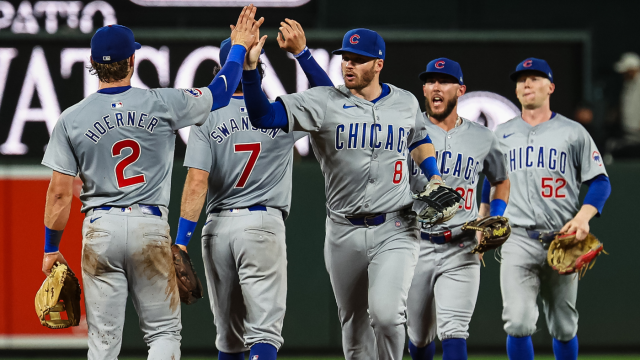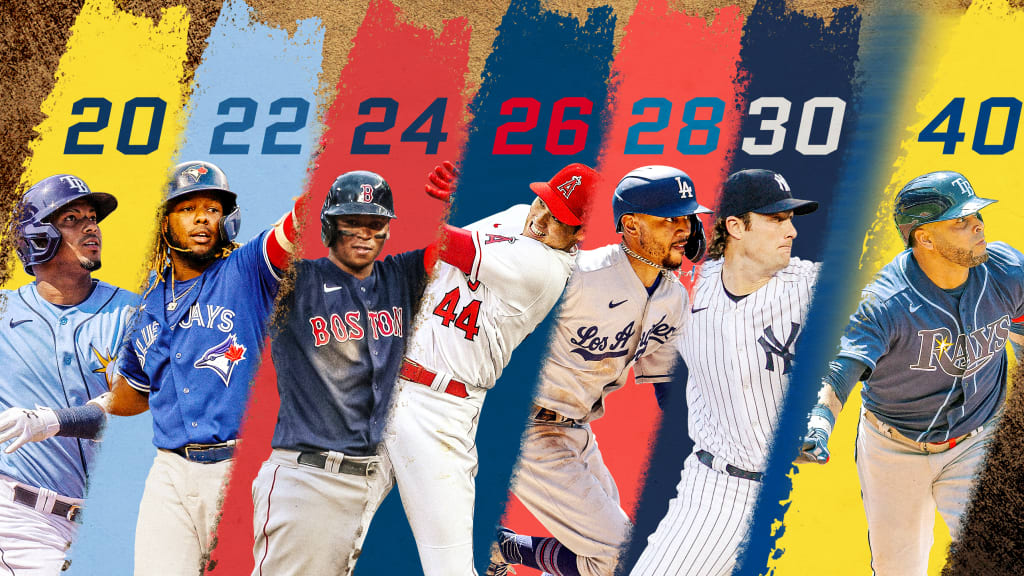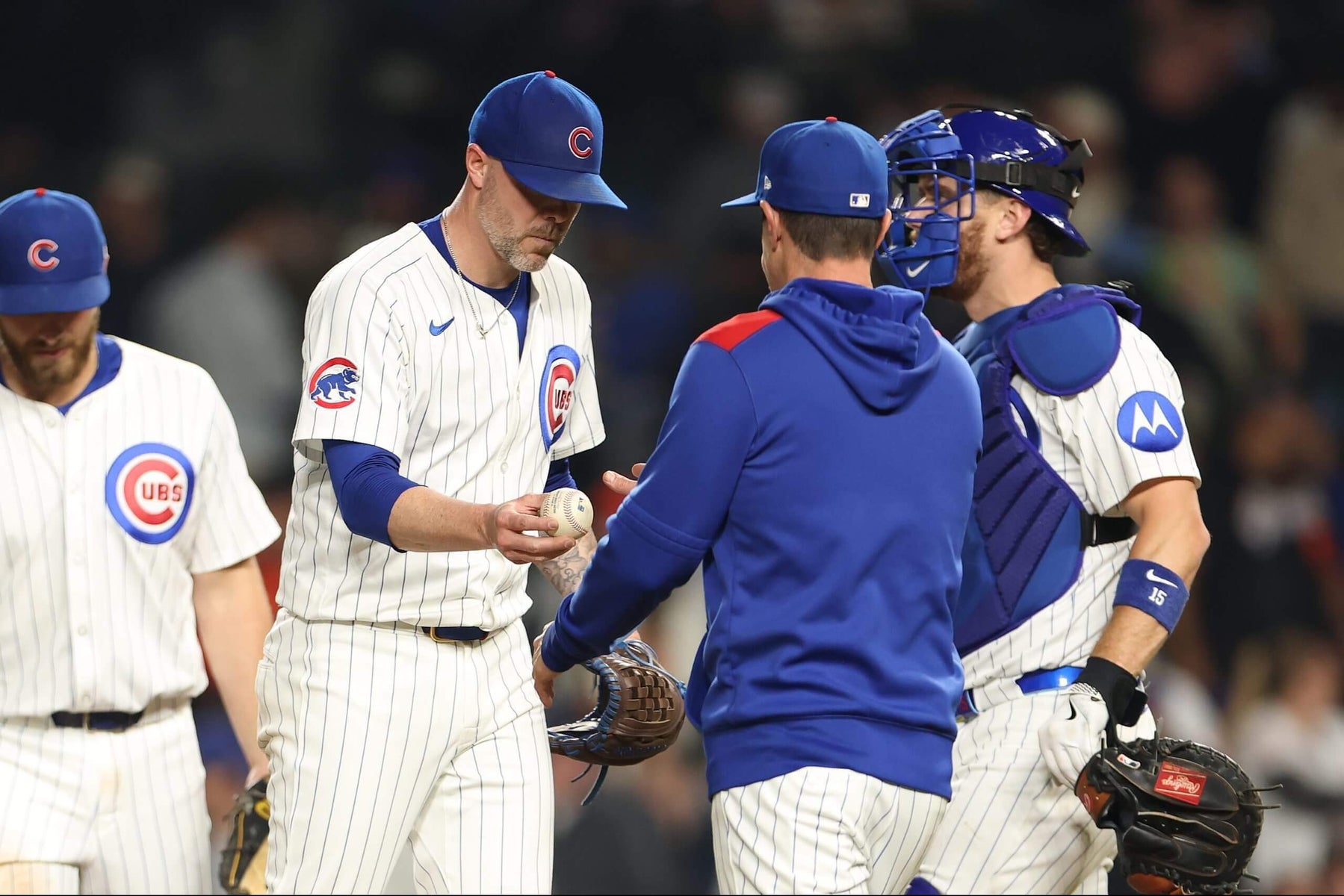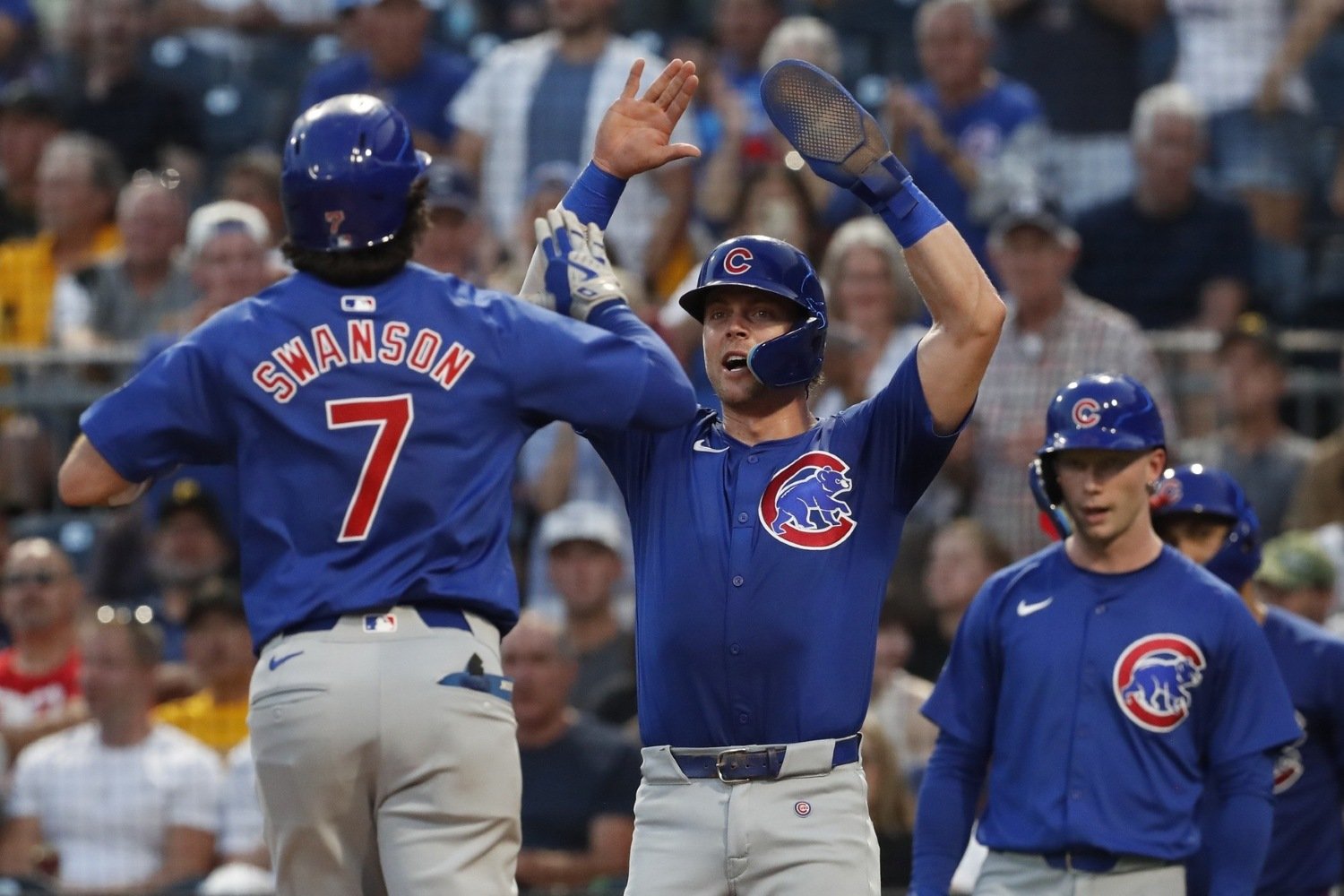The Chicago Cubs may have quietly signaled their trade deadline strategy—and the odd man out could be one of their top young talents.
On Tuesday, the Cubs announced that catcher Miguel Amaya would be sidelined for at least a month due to an oblique strain, a tough blow for a team that’s relied on its two-catcher system to manage a long season. Naturally, attention turned to the team’s No. 4 overall prospect, Moises Ballesteros, as a potential call-up to fill the void.
Ballesteros, just 21 years old, has shown advanced hitting ability well beyond his age. He’s been impressive in Triple-A and already made a brief appearance in the Majors this season when Ian Happ landed on the injured list. During that stint, Ballesteros logged five games, all as a designated hitter. Notably, he didn’t catch a single inning despite being listed as a catcher. That fact is now taking on new significance.

According to Bruce Levine of 670 The Score, the Cubs are not considering Ballesteros to replace Amaya on the active roster. Instead, they are expected to stick with Reese McGuire as the backup to veteran catcher Carson Kelly. McGuire, who was in Triple-A before Amaya’s injury, hit two home runs in his first game with the Cubs this past weekend—but remains a fringe option compared to the offensive potential Ballesteros brings.
So why pass over a top prospect? The likely reason is defense.
While Ballesteros has a bat that could play at the big-league level right now, there are growing concerns within the organization that his glove simply isn’t ready. Catching at the Major League level requires more than raw talent—it demands game-calling, pitch framing, and handling a pitching staff, all areas where Ballesteros may still be developing. His complete absence from catching duties during his earlier MLB stint, and now being passed over in a moment of need, suggests the Cubs don’t view him as a viable backstop—at least not yet.
This development casts a shadow over Ballesteros’ long-term future in Chicago.
If the Cubs don’t believe he’s ready to catch, and with designated hitter and first base already occupied by Seiya Suzuki and Michael Busch respectively—both of whom are under contract or club control for several more years—then where exactly does Ballesteros fit?
With the 2025 trade deadline just two months away, the answer may be: he doesn’t.
Instead, Ballesteros now looks like a prime trade chip. His offensive upside remains significant, and that could be enough to entice teams in need of young talent—especially if they believe they can develop his catching skills further. For the Cubs, moving Ballesteros could help them address pressing needs elsewhere, such as adding a proven starting pitcher or bullpen arm for a playoff push.
It’s always difficult to part ways with a highly regarded prospect, but if Ballesteros doesn’t have a clear path to playing time in Chicago, the front office might be wise to capitalize on his value while it’s high.
This roster decision, though quiet on the surface, could mark the beginning of a much louder move to come.



